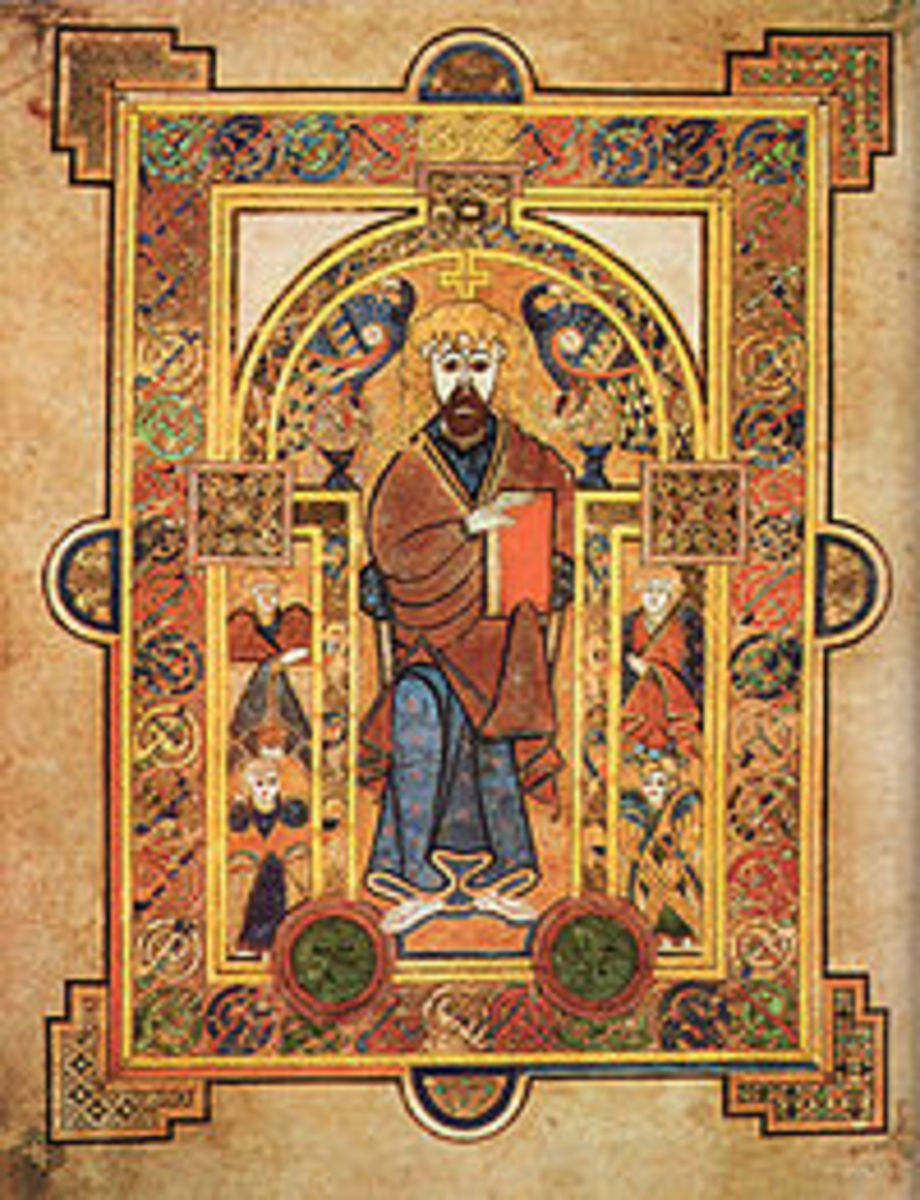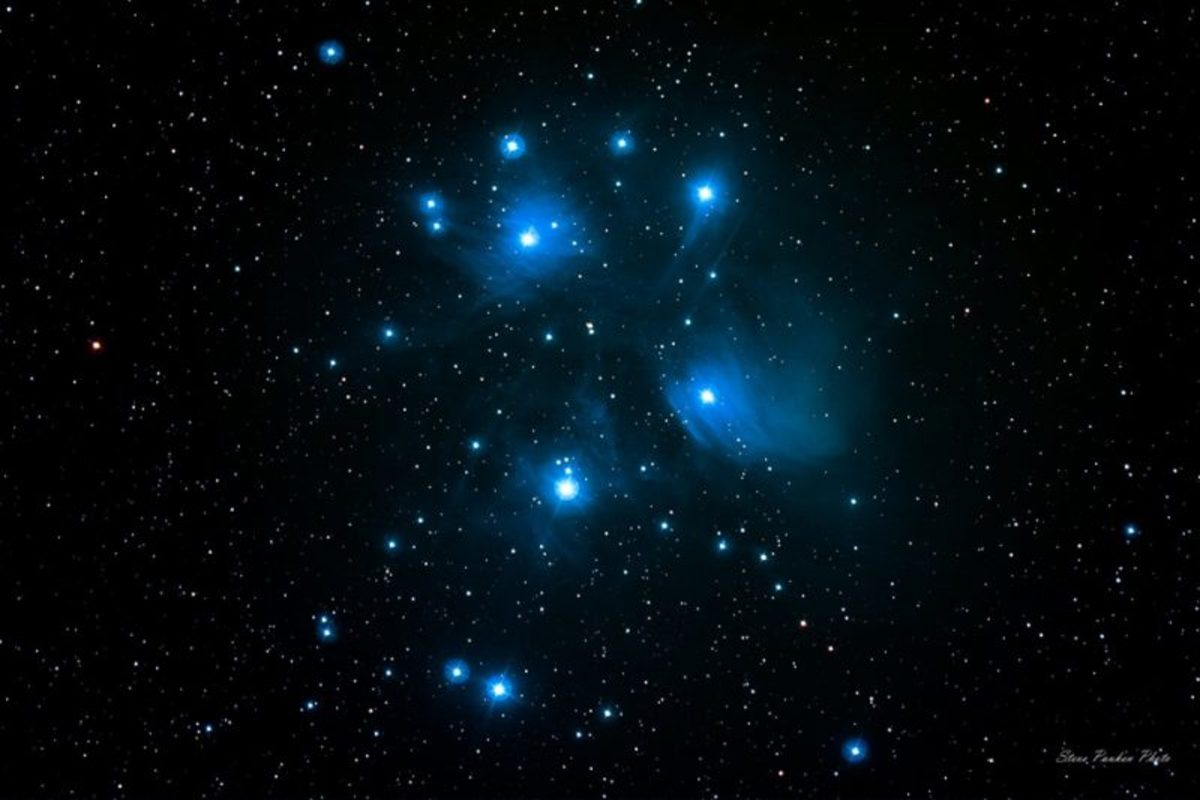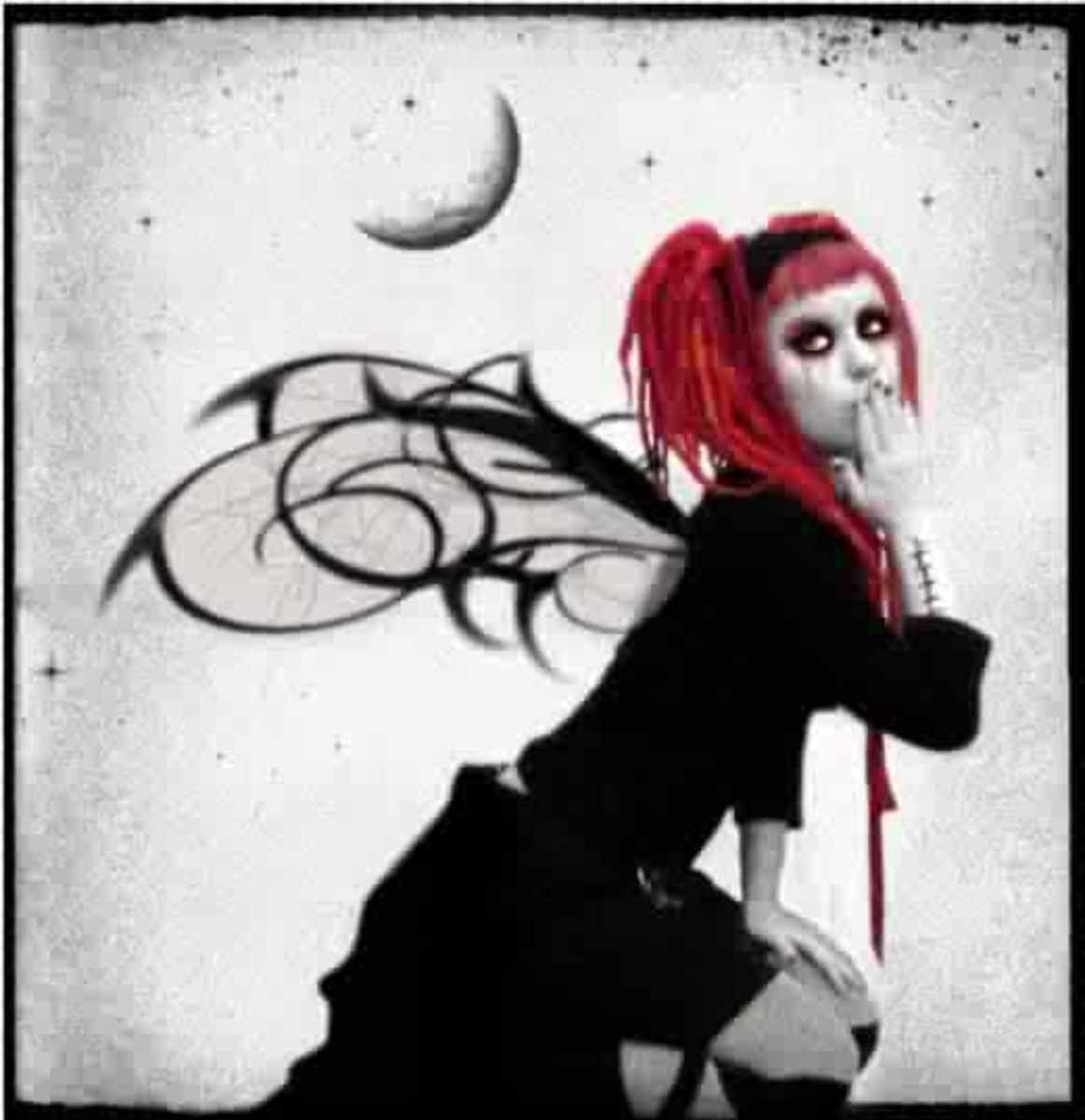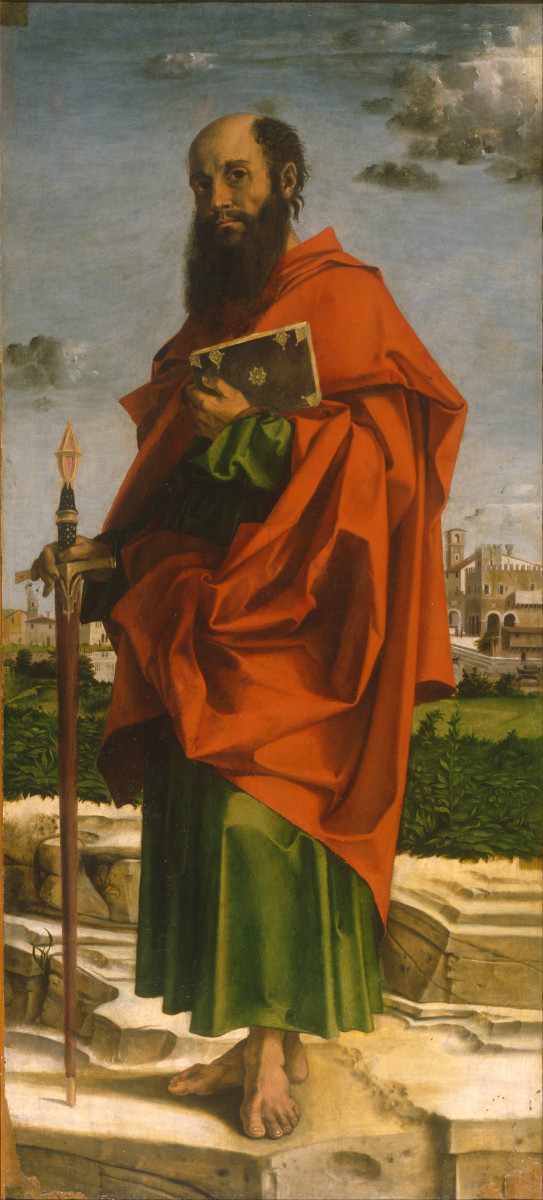Religious Beliefs of the Ancient Celts
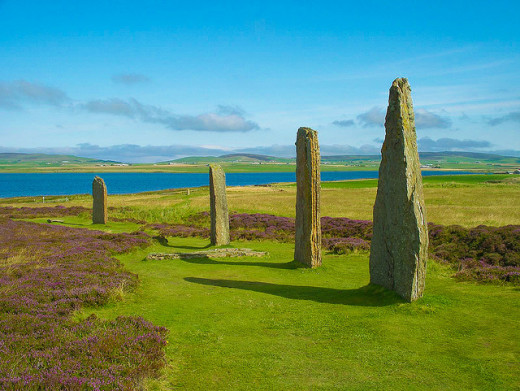
The Romans made some observations of Celtic religious beliefs available to us, though their accounts are hardly unprejudiced. Those narratives that are not soiled by prejudice or loathing are much based on myths and heroics. Certain documentation does exist, such as the Mabinogion (a collection of early prose dating from the 12th and 13th centuries) found in Wales, but such bear little information of religious rites or doctrines. The majority of our knowledge has been gleaned from folk-tales and word of mouth, though Celtic remains and burial mounds have shed some light on their customs and beliefs.
The best source we could have had, the Druids, took their beliefs and doctrines to their graves with them. What we know for sure is that the religion practiced by the Celts was one of paganism, and from the tiny glimpses we have had into their world, that they were a god-seeking people. This is confirmed by Caesar, who in his writings about them said the Celts “neither forgot nor transgressed the law of the gods, and they thought that no good befell men apart from their will.” It is known that the Celts subjected themselves to the Druids, showing that they respected religious authority, while their art work and prose unveil a spiritual and romantic society.
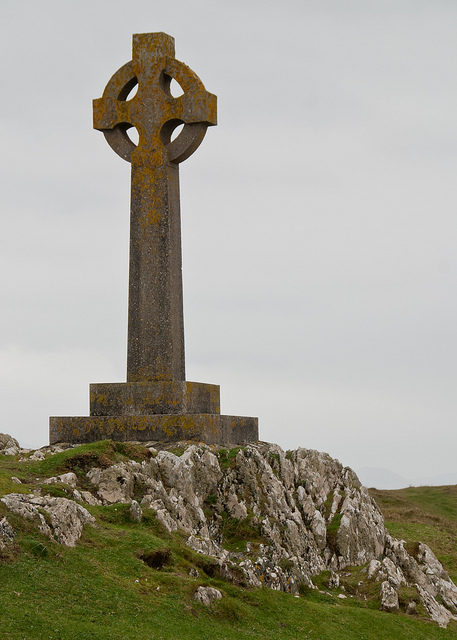
Religious Evolution of the Celtic Belief System
The reconstruction of Celtic religious beliefs is aided by analyzing the evolution of other faiths. Elements of the religions of other cultures were adopted by the Celts, though many Celtic rites are original in themselves. Those beliefs that were “Celticised” were initially learned from non-Celtic elements that married into the Celtic nation. Before time allowed the Celts to distance themselves from the traits of their Aryan ancestors, their earliest religious rites were centered around the spirits of nature.
It is believed that men and women had their own distinct cults during the earliest stages of Celtic society. The male hunters revered the animals they slew, much as the Native American Indians do. Animals that were killed were awarded an apology, while those held sacred were worshiped and left untouched. Totemism – the belief that man has a spiritual connection with a particular animal – most likely gave rise to shepherding and domestication. The Celts revered the “Mother Earth,” though as women were the progenitors of agriculture, a more earthly religion was practiced by them.
As Celtic men became interested in agriculture, especially with the advent of corn spirit production, many joined the female cults, consequently changing the sex of many of the worshiped gods. The Earth Mother became an Earth God, who in some cases stood as the Earth Mother's offspring or consort. Though many divinities remained female, as religion grew among the Celts, many new gods emerged, often taking the form of animals. But it was the female cult of vegetation spirits centered around agriculture that gave rise to the seasonal festivals which accelerated and consolidated the Celtic religion.
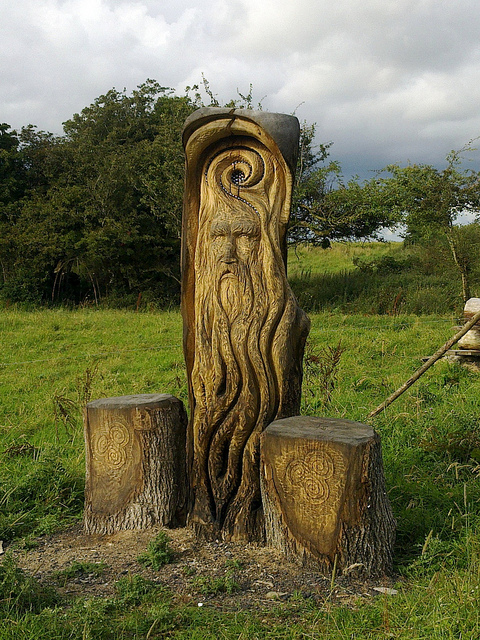
The Spirits of Nature
The spirits of nature and the animal gods were kept alive for centuries among the common folk, who also venerated the gods of vegetation and growth worshiped at the annual festivals. The Celtic religion was somewhat contaminated by Roman influence during the Roman Conquest of Gaul, though the Celtic spirit was one that venerated nature, and those beliefs remained intact among the Celts, as did the cult of female goddesses and spirits.
Because the Druids maintained Celtic religious doctrine and passed it down only by oral means, it is not known whether the Celts evolved to the point of monotheism or the recognition of sin. As their influence has been so great however, it is not unsound to think they may have had glimpses of such things. Many most likely had a hunger for God, it is known that they treasured the soul, and their moral and ethical standards were elevated above other peoples of their time. Their eager acceptance of Christianity in later years, the devotions of the Celtic Saints, and the essence of the old Celtic church all point to this.
The Celtic church frowned on paganism, though tolerated it to a point. They even adopted some of the customs of the past, at least what they considered to be the less harmful ones such as the pagan agricultural festivals, into their own. The church dedicated sacred wells to Celtic saints, and built new churches on sites of the ancient cult. It was known for the priests of the Celtic church to summon pagan heroes from the depths of hell to provide them with a place in paradise.
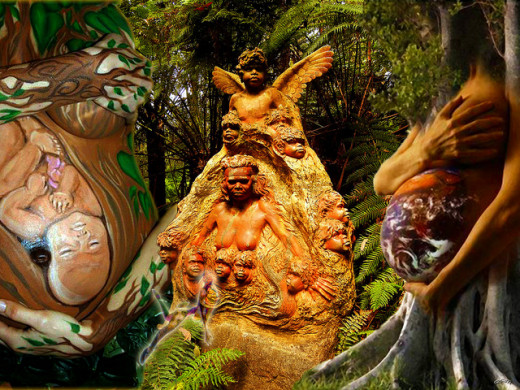
The Gods of Gaul and Rome
Most of the Celtic gods were local in nature, each tribe possessing their own set of divinities, though each had a character and role similar to those of other groups. Some gained more universal aspects, though local attributes were retained. The fact that there is such profound similarity amongst Celtic gods across Europe illustrates just how deep Celtic temperament ran. They possessed a character so strong that it produced the same deities, albeit in different form, across the entire Celtic sphere.
When penning the Gaulish pantheon Caesar wrote:
"They worship chiefly the god Mercury; of him there are many symbols, and they regard him as the inventor of all the arts, as the guide of travelers, and as possessing great influence over bargains and commerce. After him they worship Apollo and Mars, Jupiter and Minerva. About these they hold much the same beliefs as other nations. Apollo heals diseases, Minerva teaches the elements of industry and the arts, Jupiter rules over the heavens, Mars directs war.... All the Gauls assert that they are descended from Dispater, their progenitor."
The gods of Gaul did not have the Roman names mentioned by Caesar above mind you, Caesar was writing for an audience back home, and used the Roman names to correspond with the Celtic deities which had similar function in Celtic religion to their Roman counterparts. He did this much the same as the Greeks used the names of their own gods in referring to those of Persia, Babylon, and Egypt. The identification is of course an inaccurate one, especially regarding the Celtic deities, and it usually only corresponds to a single role or attribute.
Although bearing different names, there were many local gods that had similar functions or characteristics of their Roman equivalent. This was especially true of Roman gods such as Mercury, the god of merchants and commerce, or Minerva healing goddess of art, industry, and schooling. The Celts had no lack of their own deities however, and this is especially true of the female cult of goddesses, which was divided into both individual goddesses such as the Earth Mother, or grouped deities. Female goddesses were preferred to male by the Celts, so evidenced by their shear number, which is in the hundreds.
Some Celtic gods equated with roman deities are Arvalus with Saturn, Clivana with Juno, and countless local deities similar to Vulcan were pledged the spoils of war. Many Roman gods usurped native ones, either after being adopted by the Celts as new gods, or forcefully instated as deities by the Roman conquerors. In total the names of over four hundred Celtic gods are known, some mere titles, others local names for the same gods. It is rare to find one god who was worshiped by every Celtic tribe, though many of different name in Britain and Ireland have remarkably similar functions.
Summary
The pantheon of the Celts was a diverse one. We can see a preference for goddesses to gods, a reverence of nature reflected in the sun gods, the gods of rivers, forests, animals, thunder, and the sky, and the importance of agriculture. More importantly however, the Celts are defined by their deities as an advanced culture, both religiously and socially, their gods reflecting a love of the individual, family, and tribe.
Lost Gods-The Celts
Source
The Religion of the Ancient Celts, J. A. MacCulloch, 2005 T&T Clark, Edinburgh


